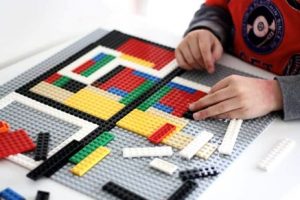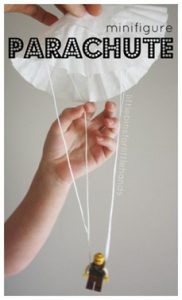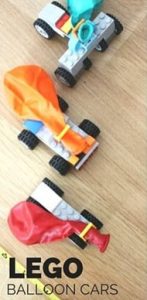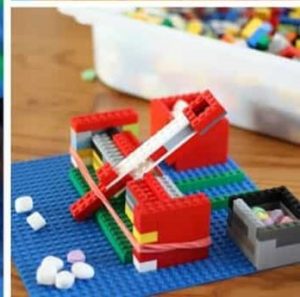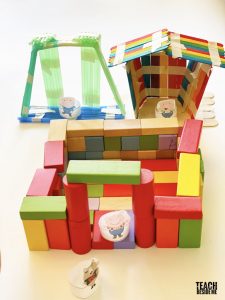Warm up
1) Mirror game
- Two students, forming a pair, stand opposite each other. One moves slowly and the other follows its movements in reverse. The roles can be changed without pause, so that the movements are kept as smooth as possible.
- Try to make faster and faster role changes, after which it will be possible to find a common flow mode, where neither the student controls or follows, but where the movement is created together.
- Calm music (with a slow tempo!) in the background can be helpful.
2) Trio formations
- Try different ways to make touch contact with each other: for example, you can shake hands, keep one hand on your friend’s forehead, or hold your knees, foreheads or fingertips together.
- Try out the different ways you can create touch contact in groups of three. Which formation is your favorite? Show it to the rest of the class, too.
- Discuss together the trio formations created by the different groups. What characteristics did they have (small-large, down-up, feet-hands-hips-nose tips, etc., number of points of contact).
- Do you notice that quite a few of the formations are symmetrical, even though there was no mention of symmetry in the job description?
TASK
1) Rotational symmetry
- Divide into groups of six people (4-8 people also work if needed). Start by sitting or standing opposite each other in a circle and holding hands. What kind of symmetrical shapes can you create with the group? Try creating different shapes. Everyone in the group can take turns coming up with a position for others to follow, so that the rotational symmetry is preserved.
- What are your favorite shapes? How can you as a group move when you switch between shapes? What mathematical shapes can you see in your formations?
- Calm music in the background can be helpful. In this task, it’s best to use music that lacks a clear rhythm or melody.
2) Symmetry dance
- Keep the same group division and create a dance series of your favorite forms. What order should the shapes be in, and how should the group move? Memorize the order that you have agreed on. Also discuss how the dance begins and ends. Practice the symmetry dance a few times.
- After that, all groups will perform their dances in front of the rest of the class. The dances can also be recorded on video. Ideally, the videos should be recorded straight or slightly obliquely from above.
- Calm music in the background can be helpful. In this task, it’s best to use music that lacks a clear rhythm or melody.
ENDING
- Look at pictures of snowflakes. Are they similar to the dances you just created?
- Watch the videos of your dances. What are the different elements that can be found in the dances? What are the similarities and differences between them?
- If the dances were created in groups with different numbers of students, you can also discuss whether there were differences between the dances.
You can continue to create more rotational symmetries by drawing mandalas or mirror images (one student draws the first part and the second should continue the image so that it is symmetrical) or create symmetrical images in the sand on a game board.
Idea taken from Lumatikka’s Math in Motion


